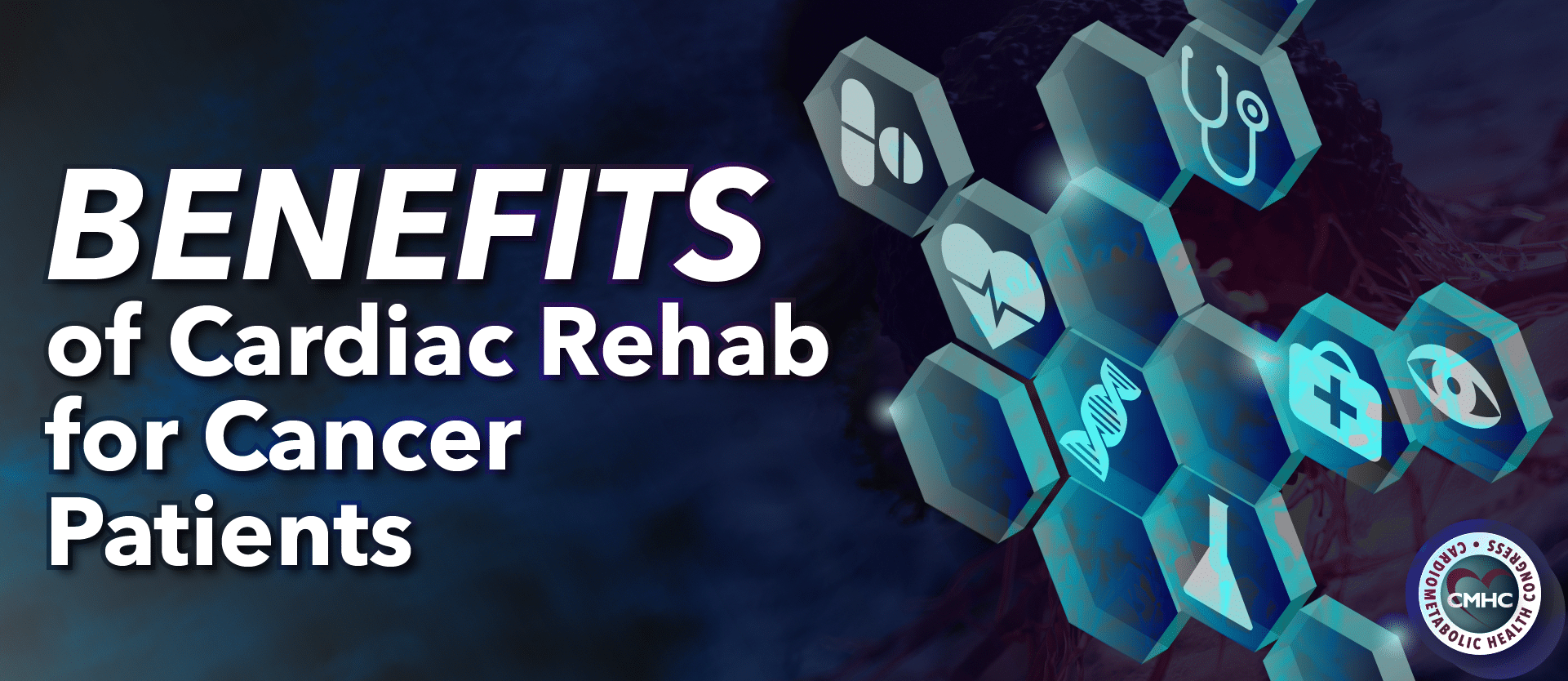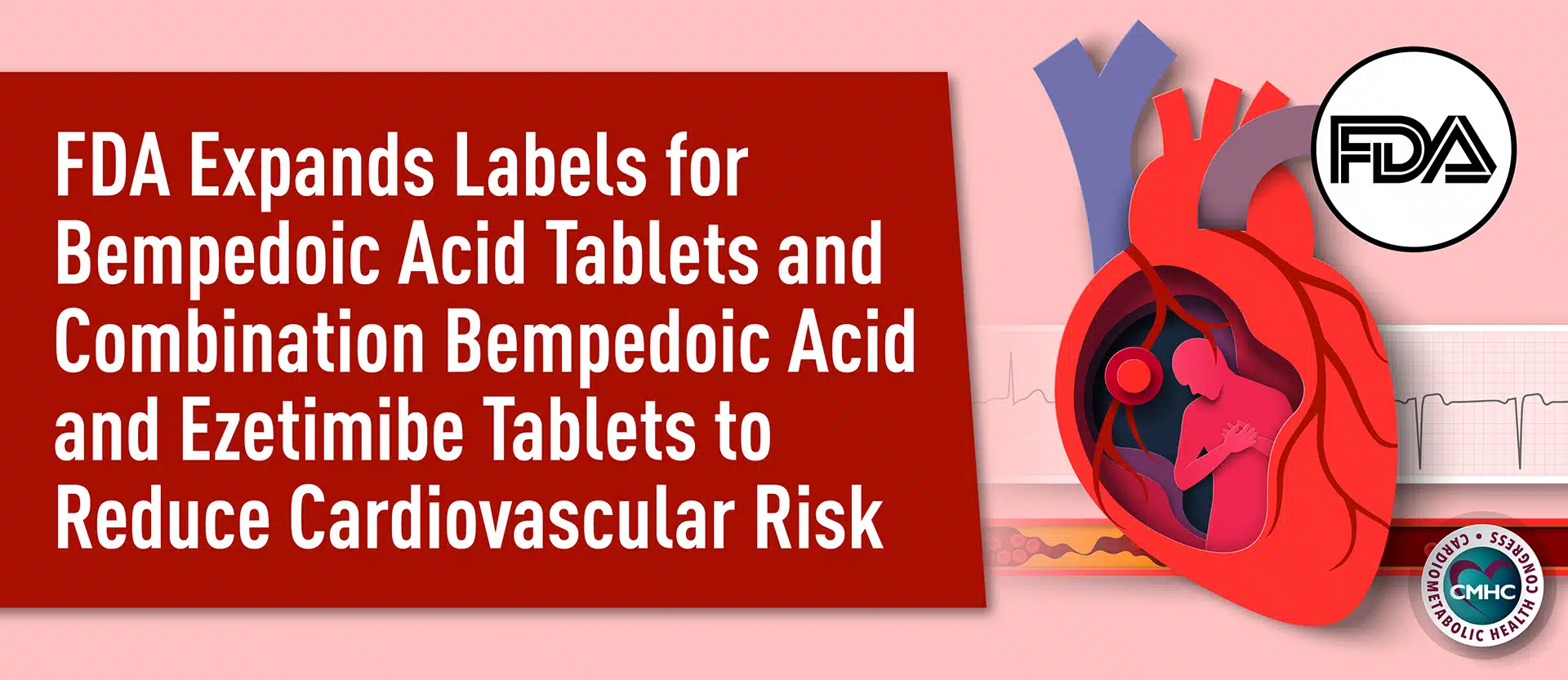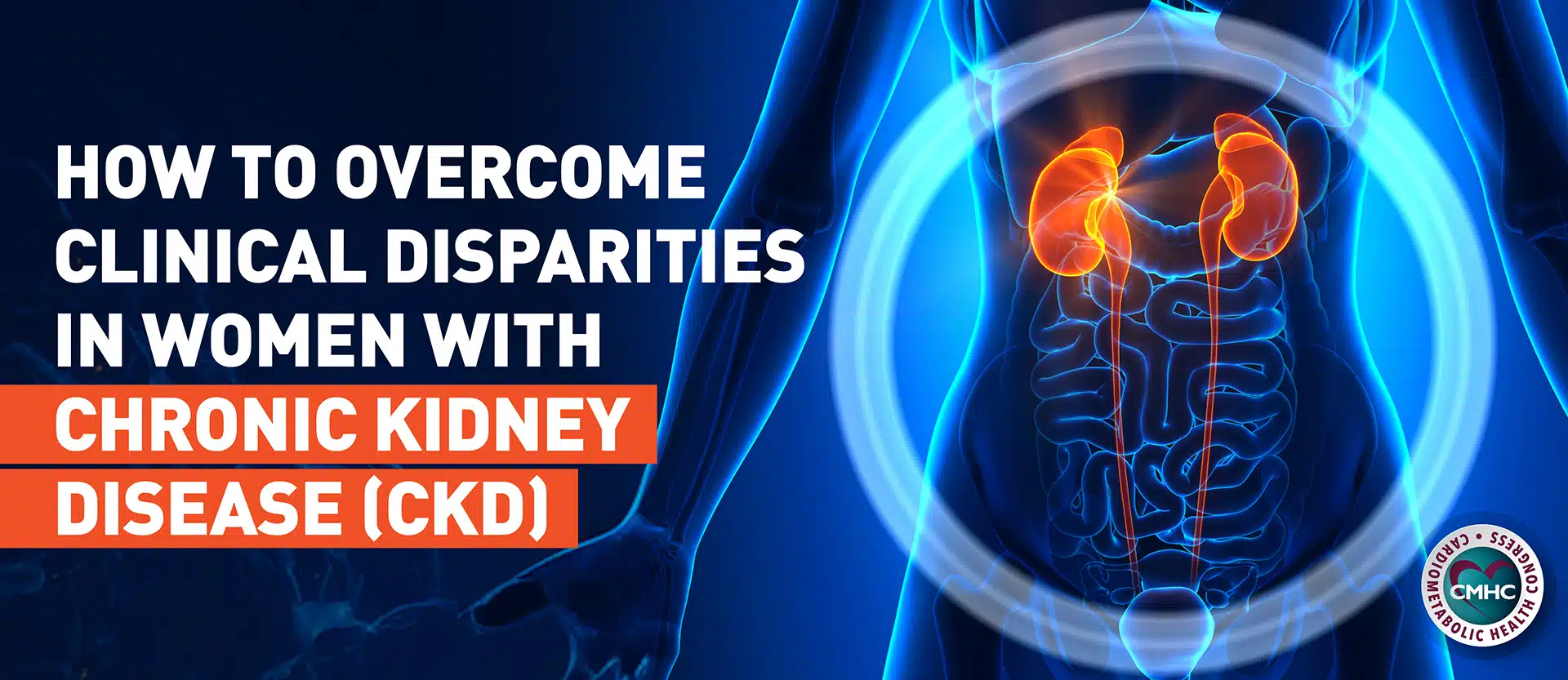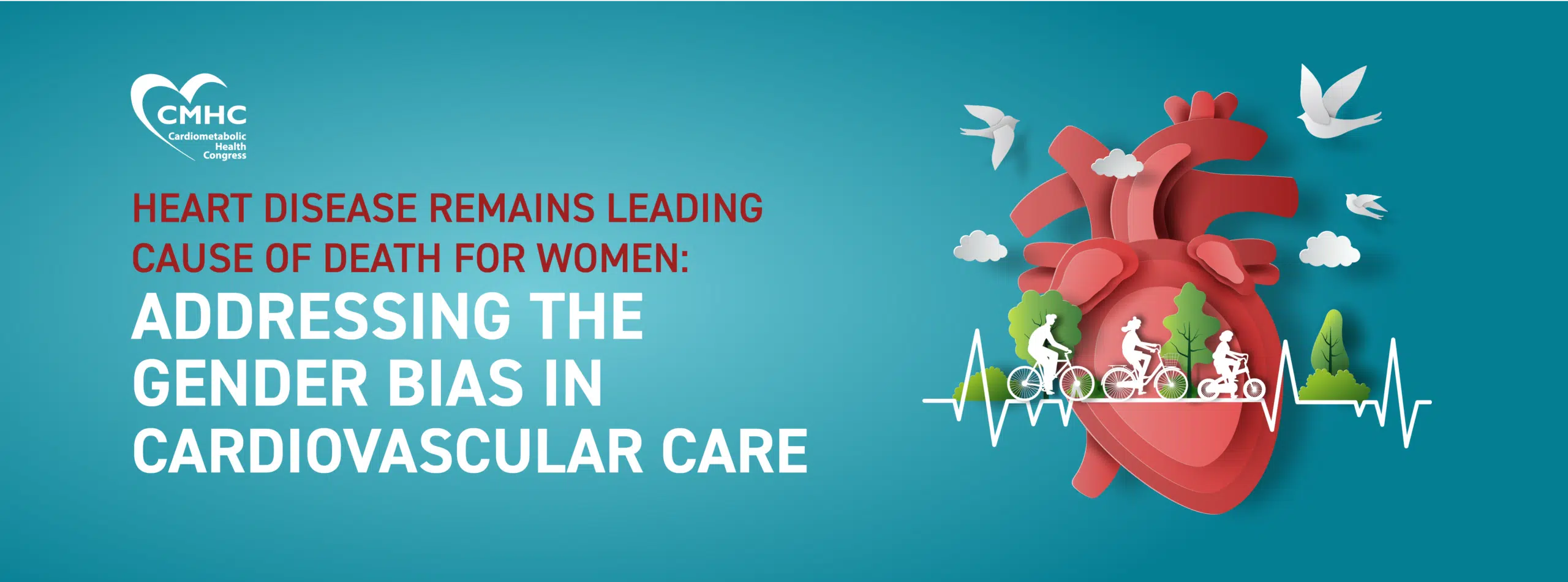Due to advances in early detection and treatment, cancer survival rates have significantly improved. There are now more than 17 million cancer survivors in the United States who face an increased risk of cardiovascular disease and mortality, according to emerging research. Higher CV risk has been identified in breast, prostate, and colorectal cancer patients while cancer survivors are 1.7 to 18.5 times more likely to develop cardiometabolic disease. Certain cancer therapies have been directly linked to heart damage, weight gain, loss of fitness, and other detrimental risk factors for CVD. An emerging care specialty could prove instrumental in reducing the cardiovascular problems affecting cancer survivors, the AHA reports in a new scientific statement.
Cardiovascular disease and cancer are the two leading causes of death affecting millions of Americans nationwide and they often intermix. Cancer survivors face a significantly increased CV risk, especially patients exposed to high levels of cardiotoxic chemotherapy and radiation, due to the noxious nature of the treatments and associated weight gain or loss of fitness. Recent research has revealed the benefit of integrated cardiac rehabilitation, or cardio-oncology rehabilitation, for cancer patients, focusing on the implementation of a multi-level, highly-tailored approach aimed at identifying and reducing CV risk as well as mitigating risk factors.
Cardiac rehab primarily focuses on exercise as a preventative measure against cardiometabolic disease and as a method of reducing all-cause mortality rates. Over 20 randomized clinical trials have examined the beneficial effects of exercise on cardiorespiratory fitness in cancer patients, finding that regular physical activity can significantly mitigate declines in heart health associated with cancer treatments. Assuming a multi-level approach to patient rehabilitation would engage patients in a consistent exercise program while also controlling other vital factors such as nutrition, weight management, psychosocial health, blood pressure, and beneficial lifestyle changes.
Additional studies have found that even just one aerobic and resistance training exercise per week can help with symptoms such as fatigue, decreased heart health, loss of muscle strength, and poorer quality of life. An all-encompassing rehabilitation program could prove to significantly decrease long-term cardiometabolic complications in cancer patients and survivors. However, the scheduling, frequency, and type of rehab should be tailored to each individual patient to ensure a comprehensive treatment plan based on their needs.
To aid and protect the 17 million U.S. cancer survivors with their two- to three-fold increased risk for heart disease, cardio-oncology rehabilitation should be incorporated into standard cancer patient and survivor care. However, no reimbursement program currently exists to make such treatment accessible to patients. The goal of the new scientific statement is not only to encourage the development and integration of cardio-oncology rehabilitation into routine patient treatment, but also to pave the way for future reimbursement options. Achieving widespread access to specially targeted rehabilitation care for cancer patients and survivors will be made possible with further research detailing the guidelines, policies and best practices.


















